Heads up: this post includes affiliate links. If you decide to grab something through one of my links, I may earn a small commission at no extra cost to you. I only share products I actually use or genuinely recommend.
I used to be that person who had a stack of cheap non-stick pans in the cupboard. Almost every year I’d end up buying another one because the coating was scratched, peeling, or just plain useless. Looking back, it’s actually crazy how much money I wasted. I could’ve bought myself a full collection of cast iron pans by now and still be using them today. Instead, I kept feeding into the cycle of buying, tossing, and replacing.
For the longest time, I didn’t even consider cast iron. To me, it looked like way too much hassle. All the seasoning guides, the do’s and don’ts, the scary lists of things that would “ruin” your pan… it felt overwhelming and honestly inconvenient. I just wanted to cook my food without babysitting my cookware.
But eventually, curiosity won.
Why I Stepped Away from Teflon
Non-stick pans are usually coated with Teflon (or other PTFE coatings). They’re super convenient at first – fried eggs slide right off, and nothing sticks. But that “magic” doesn’t last. One scratch from a metal spoon, a little too much heat, scrubbing while cleaning, or just daily wear and tear, and suddenly your “non-stick” pan is anything but.
And the part that really irritated me? The flakes that came off. If you’ve ever seen the black coating chip away, you know what I’m talking about. That’s not something I wanted ending up in my food. Add in the fact that Teflon is linked to PFAS (the so-called “forever chemicals”), and it just felt like I was cooking with a side of regret.
Not to mention the waste – replacing a pan every year isn’t just expensive, it’s also terrible for the environment.
My First Step into Cast Iron
I didn’t switch overnight. In fact, I only bought my first cast iron pan for one very specific reason: bread. I had my heart set on a Dutch oven for sourdough baking. The one I found had a lid that doubled as a frying pan, which made it feel like a two-in-one deal. That’s how I justified it.
The first few cooking experiences were a total disaster. It rusted way quicker than I expected, and I thought I’d made a huge mistake. I wasn’t used to the “care” part of cast iron, and it showed. But little by little, I learned. And once I got past that initial learning curve, I started realizing what people meant when they said cast iron gets better with age.
Cast Iron vs Non-Stick: The Real Difference
Here’s how the two stack up in my experience:
| Feature | Non-Stick (Teflon) | Cast Iron |
|---|---|---|
| Non-stick ability | Great at first, then downhill | Improves with seasoning, lasts forever |
| Lifespan | 1–2 years max | Decades (can be handed down) |
| Health concerns | PFAS, coating flakes | None (actually adds trace iron to food) |
| Maintenance | Easy at first, but fragile | A little more work, but worth it |
| Heat retention | Poor (loses heat fast) | Incredible, perfect for searing & baking |
The Dutch oven changed everything for me. Cooking bread in it was a game-changer, but I also started using it for soups. And when I eventually moved to enameled cast iron, things got even easier – no rust issues, less stress about maintenance. The only downside? Enameled pans aren’t great for open fires, but on the stove, they’re a dream.
Why I’ll Never Go Back to Teflon
After using both, here’s where I currently at:
- Cost: I’ve easily spent the price of several cast iron pans just on replacing broken non-stick ones. Cast iron feels like an investment, not a temporary fix.
- Cooking experience: Food actually tastes better, with that perfect sear you just can’t get on a flimsy pan.
- Peace of mind: No mystery flakes, no chemicals, just solid cookware that lasts.
- Versatility: One pan can go from stovetop to oven to campfire (at least for traditional cast iron).
And the best part? Cast iron isn’t as scary as it looks. Once you use it a few times, you realize it’s more forgiving than all those “rules” make it seem.
Thinking About Making the Switch?
If you’re curious but intimidated, start small. Grab a skillet or Dutch oven and just play around with it. Don’t stress if it rusts, it can always be revived. If you want less upkeep, enameled cast iron is a great option too.
For me, what started as a simple bread-baking experiment turned into a complete cookware overhaul. I don’t miss Teflon at all, and honestly, I don’t think I ever will.
Some of the images in this blog post may have been created with the help of AI.
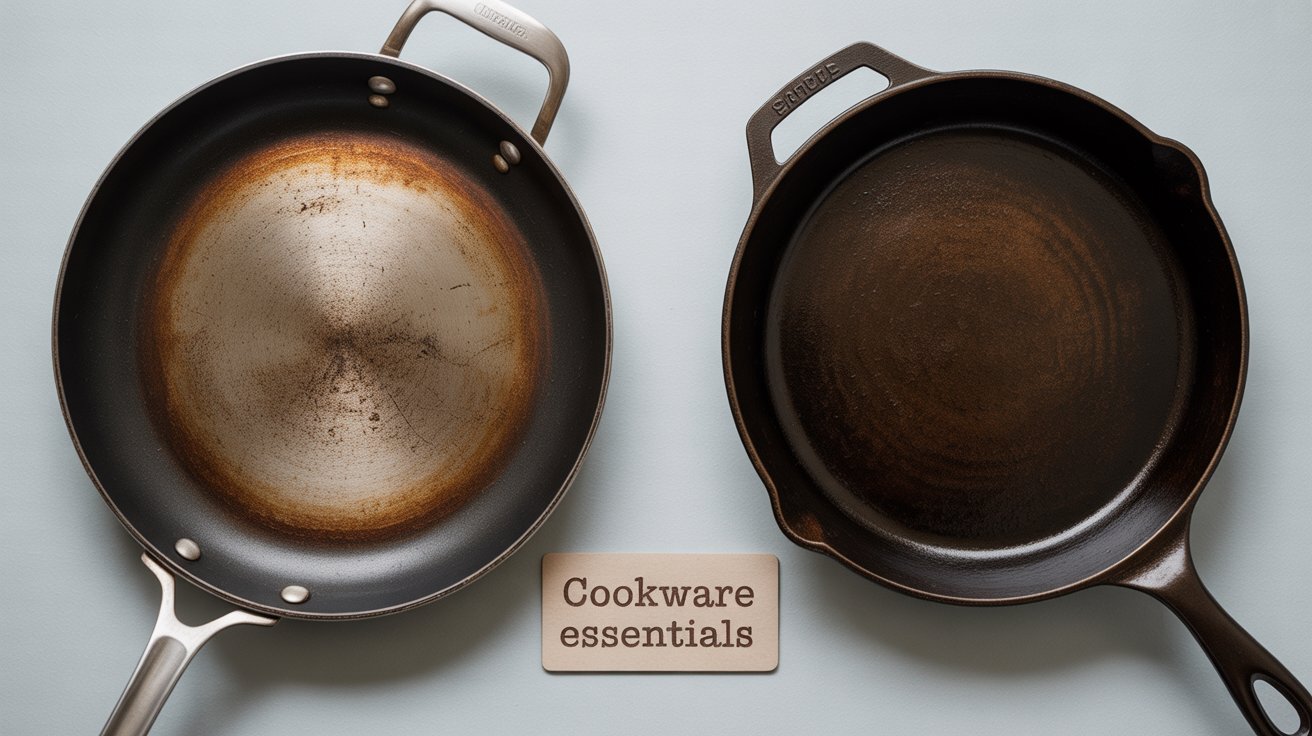
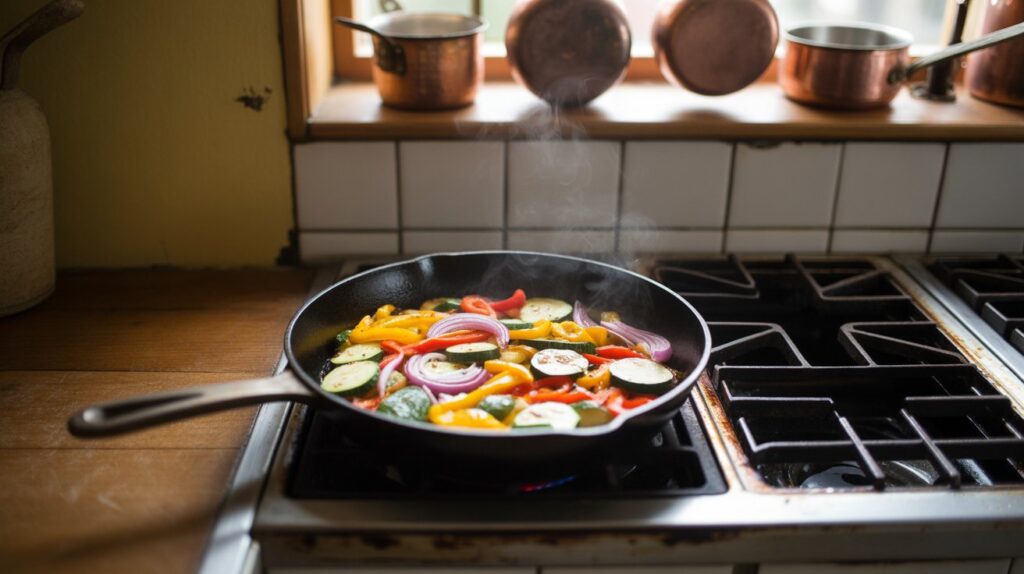
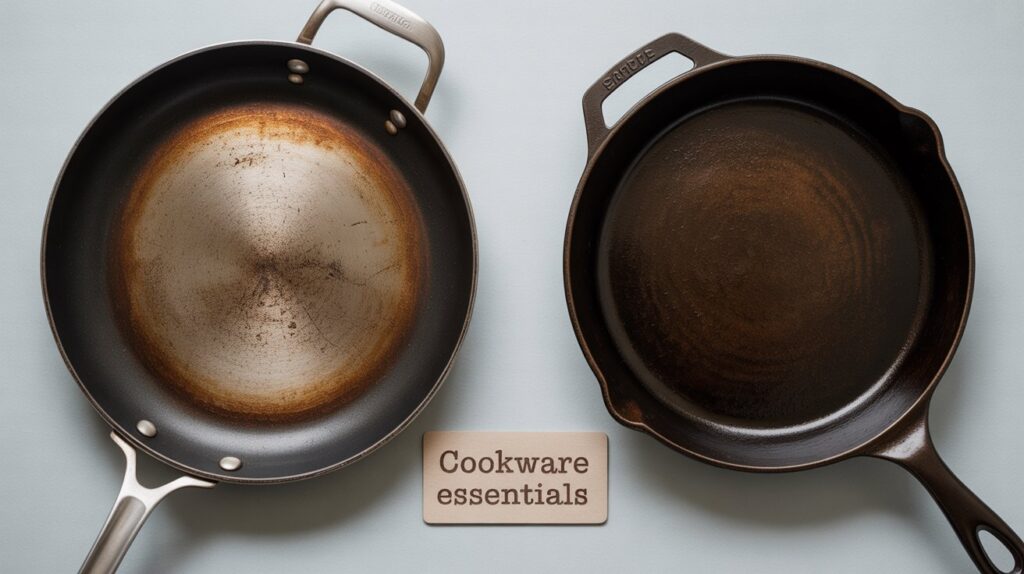
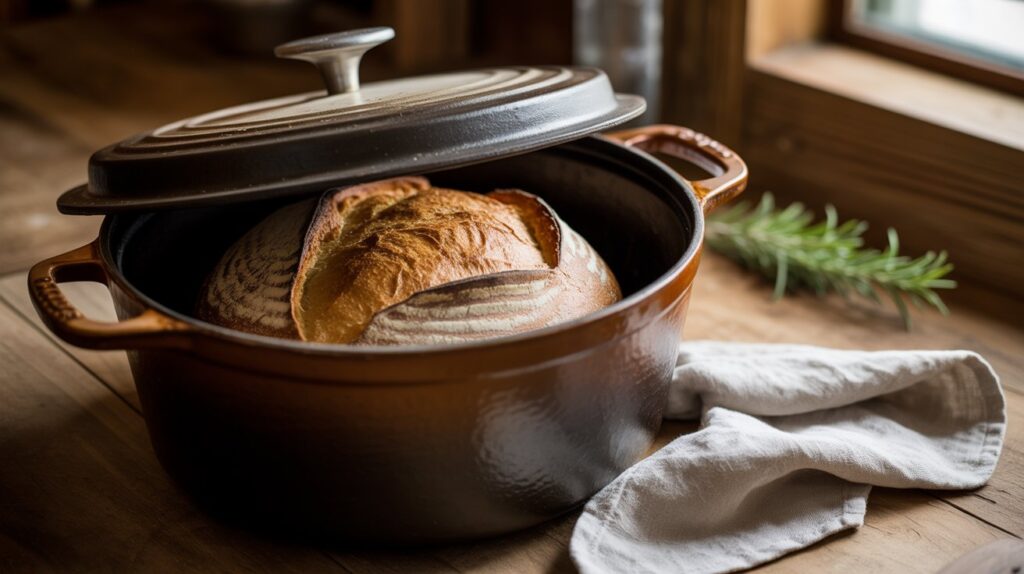
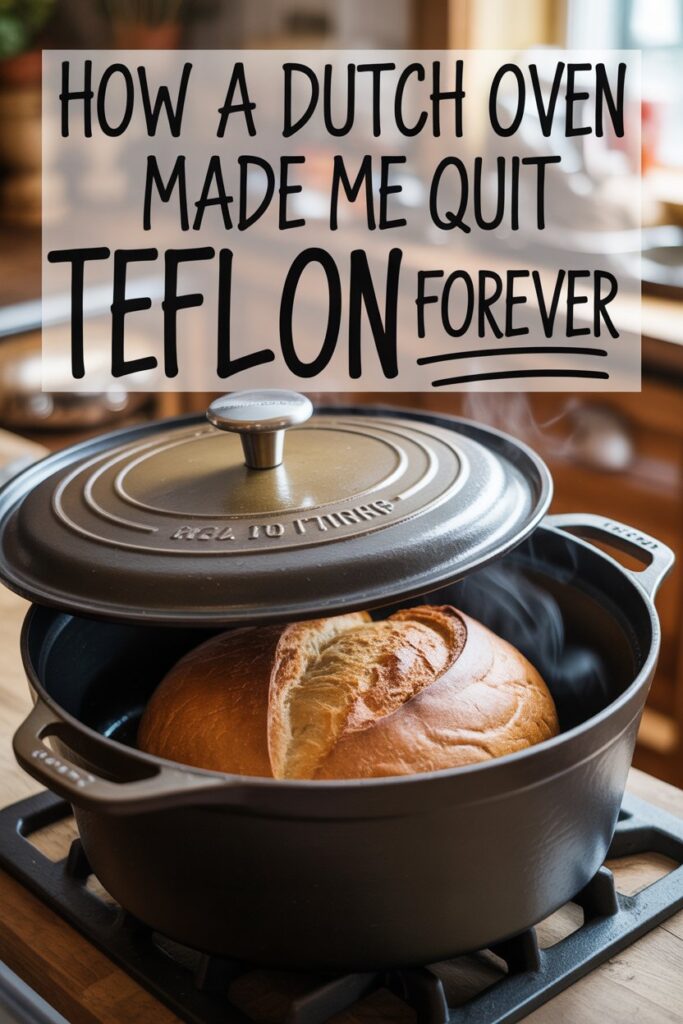
View comments
+ Leave a comment